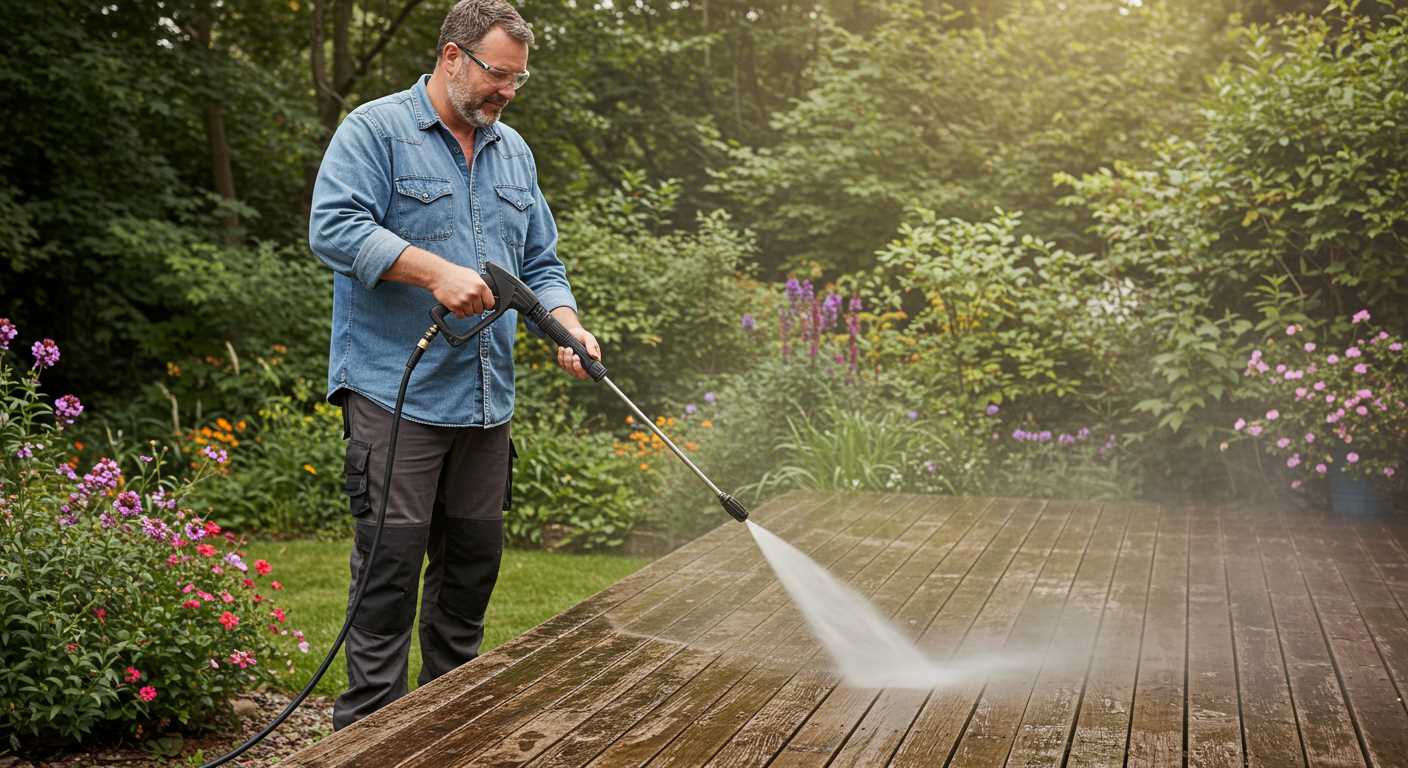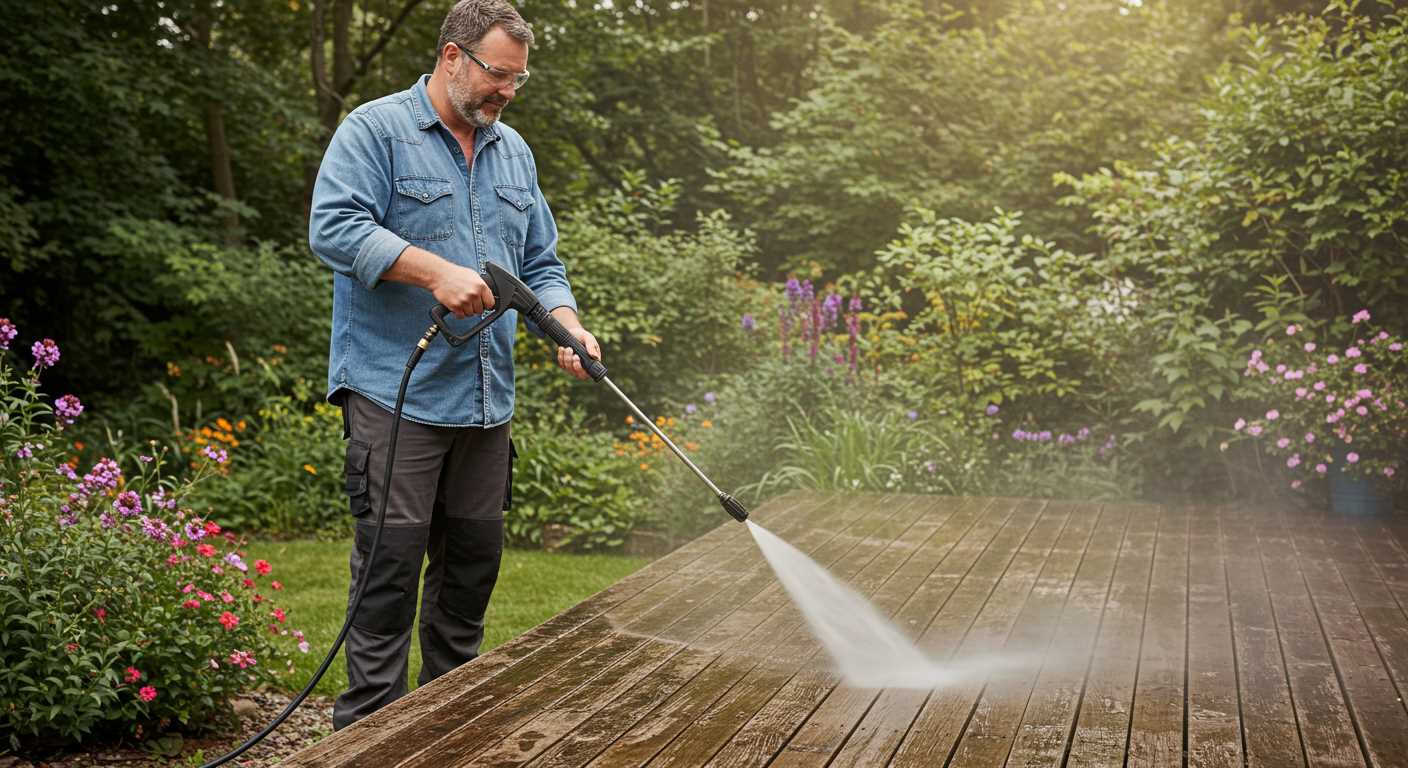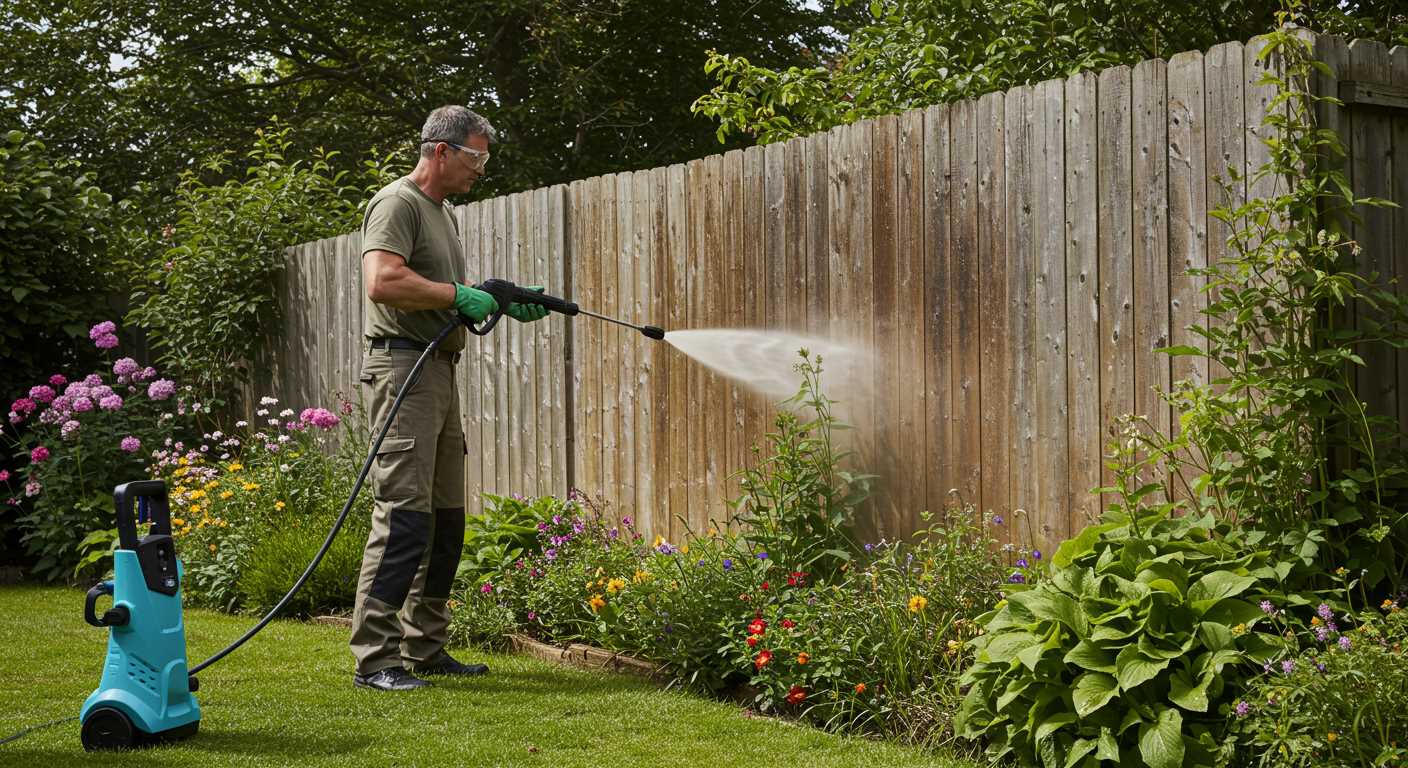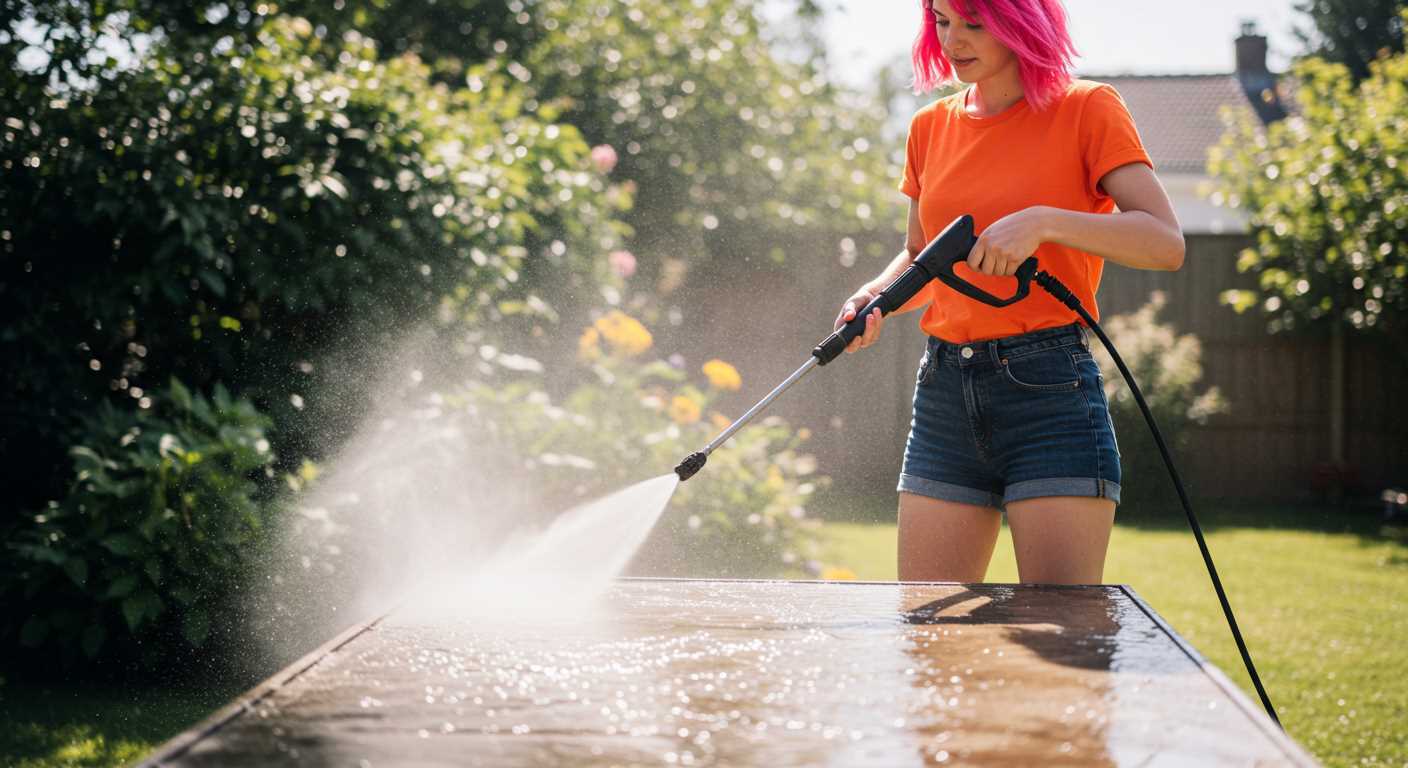




First, ensure you have the right tools: a wrench, replacement fittings, and a hose clamp. Assess the damage carefully; small leaks can often be patched with a sealant designed for rubber, while more extensive wear may require replacing sections of the tubing.
During my time in the cleaning equipment industry, I encountered various situations where a simple repair saved the day. One memorable instance involved a colleague who faced a significant leak during an important demonstration. With a quick application of rubber tape and a sturdy clamp, we managed to make the hose operational again in minutes, showcasing that timely fixes can prevent larger issues.
For those dealing with a cracked or punctured section, cutting out the damaged part and attaching a new connector is effective. Ensure that the connections are tight to avoid any further leaks. Use a wrench to secure them properly, but avoid overtightening, as that can lead to additional problems.
After making repairs, always test the assembly before using it extensively. A quick run will help identify any remaining issues. In my experience, this practice not only saves time but also ensures that your equipment performs optimally.
Repairing a Hose on a Cleaning Machine
First, inspect the length for any visible damage–cracks, cuts, or abrasions. A quick visual check often reveals the problem area. If there’s a small puncture, consider using a hose repair kit. These kits include connectors and clamps that can seal the breach effectively. Cut the hose cleanly at the damaged section, and attach the connector to both ends of the cut. Secure it with clamps to ensure a watertight seal.
If the leak is more severe, replacing the entire length may be necessary. Measure the old line’s diameter and length accurately before purchasing a new one. Make sure to choose a compatible replacement that can handle the required pressure. Installation is straightforward; simply detach the old line from the unit, ensuring the fittings are clean and free from debris, and attach the new hose securely.
During maintenance, always check the fittings and connections for wear. Sometimes, leaks arise not from the line itself but from loose or damaged fittings. Tighten any loose connections and replace worn-out parts. Regular checks can prevent future issues and extend the life of your equipment.
Lastly, don’t forget to flush the system after repairs. Run clean water through the unit for a few minutes to clear any debris that may have accumulated during the repair process. This step ensures optimal performance and reduces the risk of further damage.
Identifying Common Hose Issues
Start by closely examining for leaks. A telltale sign is water spraying out from any point along the length. Pinpointing the exact location can save time during repairs. If you spot a crack or puncture, use a simple repair tape as a temporary fix until you can replace the damaged section.
Check for kinks, which can impede water flow. These typically appear when the tubing is twisted or bent sharply. Straightening out the line is essential to restore optimal performance. If kinks are frequent, consider investing in a more flexible model to prevent future occurrences.
Another common issue is wear at the connectors. Inspect both the ends where the hose attaches to the machine and the nozzle. Corrosion or loose fittings can lead to leaks. Tightening these connections might resolve the problem. However, if the material is eroded, replacement parts are necessary.
Don’t overlook the possibility of blockages. Debris can accumulate within the tubing, especially if the equipment hasn’t been maintained. Flushing the line with water can help clear minor obstructions. For stubborn clogs, using a compatible cleaning solution may be more effective.
Finally, consider the compatibility of your equipment. Using the wrong type of tubing can lead to premature wear and failure. Ensure that the specifications match your machine’s requirements. For drying tasks, selecting the best air compressor for drying car can also enhance efficiency and performance.
Gathering Necessary Tools and Materials
Begin by assembling a few fundamental items to streamline the repair process. These tools will ensure you’re prepared for most situations that may arise during the task.
| Tool/Material | Description |
|---|---|
| Replacement Hose | A compatible replacement tube is crucial. Always check the length and diameter to match your equipment. |
| Wrench Set | A good set of wrenches will assist in loosening and tightening any fittings associated with the tubing. |
| Sealant Tape | This can help prevent leaks at connection points and is an inexpensive yet effective fix. |
| Scissors or Hose Cutter | Sharp scissors or a dedicated cutter will make clean cuts, which is important for a proper fit. |
| Bucket | To catch any residual water that may spill during the replacement process, keeping the workspace tidy. |
| Safety Goggles | Protective eyewear is advisable to shield your eyes from any debris or unexpected spray. |
Having these items on hand will not only make the repair smoother but will also save time and frustration. In my experience, being organised with tools can often mean the difference between a quick job and an all-day project. I’ve learned that preparation is key; the right equipment makes tackling repairs far less daunting.
Removing the Damaged Hose Section
Assess the situation by locating the damaged area on the tubing. Typically, if the outer layer is frayed or you see leaks, mark this section for removal. Use a sharp utility knife to cut through the damaged part, ensuring you create a clean edge. A smooth cut is crucial for proper sealing later on.
Disconnecting the Ends
Before proceeding, detach the ends of the tubing from the connectors. Depending on your setup, you may need a wrench to loosen any threaded connections. Once loose, gently twist and pull the ends away from the damaged segment. If you’re dealing with quick-connect fittings, simply press the release button and pull the connector apart.
Preparing for Replacement
After removing the impaired section, inspect the remaining tubing for any other signs of wear. If everything looks good, clean the ends of the tubing with a cloth to remove any debris. This preparation ensures a snug fit for your new piece. If necessary, apply some lubricant to the threads of the connectors to facilitate easier reassembly.
Attaching a New Hose or Repairing the Existing One
For attaching a new line or mending the current one, ensure that the connectors match your unit’s specifications. This compatibility is vital for proper function and performance. More than once, I’ve seen users struggle with mismatched fittings, leading to leaks and inefficient operation.
When installing a fresh line, begin by aligning it with the inlet and outlet ports on the machine. Hand-tighten the connectors to avoid cross-threading, which can damage the threads. If the assembly feels loose, a wrench can provide a secure fit; just be careful not to overtighten, as this risks cracking the plastic components.
Sealing Leaks
If you’re repairing, inspect the damaged area meticulously. For small punctures or tears, a hose repair tape can be a quick fix. Wrap the tape tightly around the damaged section, overlapping it slightly, and ensure it adheres well. For larger breaks, consider using a hose coupling or connector that fits the diameter of your line. Cut the damaged section out cleanly, insert the ends into the connector, and tighten the screws until snug.
Testing the Connection
After securing the new line or the repaired section, run the unit briefly to check for leaks. Look for any drips or sprays that indicate improper sealing. If everything appears dry, you’re good to go. In my experience, always keep spare connectors and repair materials on hand, as issues can arise unexpectedly during use.
Testing the Pressure Cleaner After Repairs
After completing repairs, it’s time to put the machine through its paces. Start by reconnecting the water source and ensuring all connections are tight. Turn on the water supply and check for leaks around the newly attached section. If you notice any drips, tighten the fittings until they are secure.
Powering Up
With water flowing, switch on the equipment. Listen for any unusual sounds that may indicate issues within the motor or pump. A smooth operation is key. If the motor hums but doesn’t start, double-check the power source and connections. Once it’s running, observe the water pressure. A steady stream indicates everything is functioning correctly. Test the spray nozzle settings to ensure they adjust properly and deliver the desired pressure.
Final Inspection
After a few minutes of operation, inspect the entire setup once more. Check for any signs of leaks or unusual wear around the repaired area. If everything appears normal, run a brief cleaning test on a small surface to evaluate performance. Ensure the output is consistent and effective. If any issues arise, revisit your repairs to identify potential oversights. Regular testing helps maintain optimal functionality and prolongs the lifespan of the equipment.
Preventative Measures for Future Hose Problems
Regular maintenance is the best way to avoid issues with your cleaning equipment’s tubing. Here are specific steps to take:
Routine Inspections
- Check for wear and tear on a monthly basis, looking for cracks, kinks, or bulges.
- Inspect connectors and fittings for loose connections or corrosion.
- Examine the entire length of the tube for any signs of damage or leaks.
Proper Storage Techniques

- Always store the equipment indoors, away from extreme temperatures and UV exposure.
- Coil the tubing loosely to prevent kinks, using a hose reel if available.
- Avoid dragging the hose over rough surfaces to minimise abrasions.
Using the correct pressure washer pump type is also crucial, as it ensures compatibility and reduces stress on the tubing. Always refer to the manufacturer’s guidelines for optimal performance and longevity.
Finally, consider investing in protective accessories like hose guards, which can shield the tubing from damage during operation.






.jpg)


